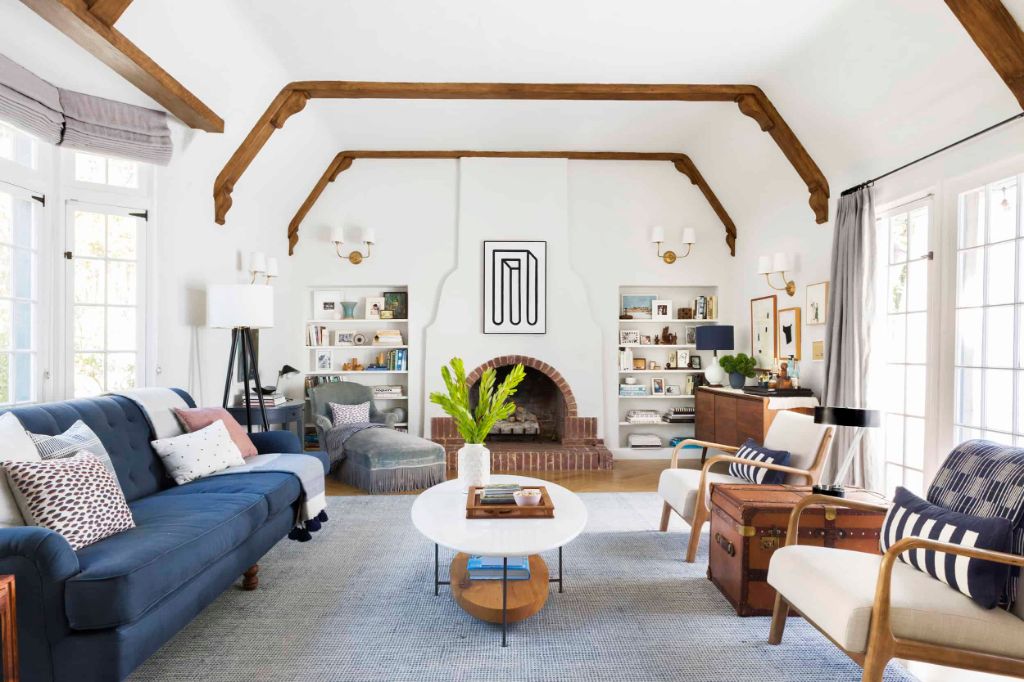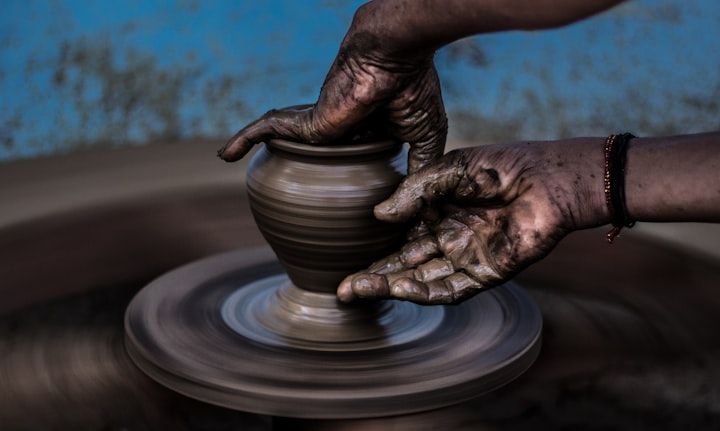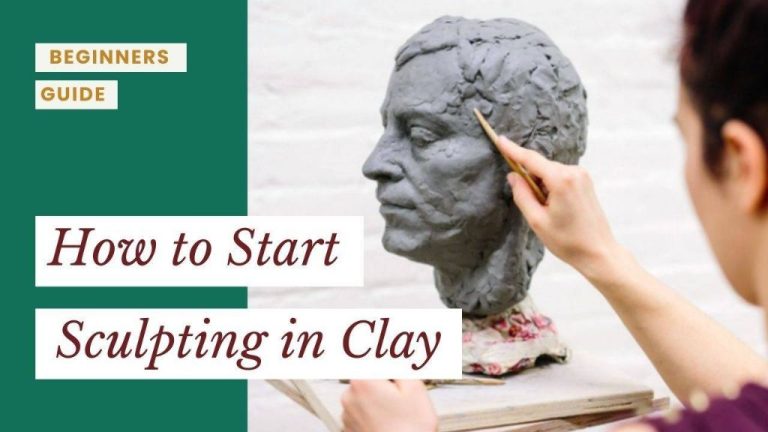Should Floor Lamps In A Room Match?
Should Floor Lamps in a Room Match?
Floor lamps can add style, versatility and ambience to a room. But when it comes to having multiple floor lamps, an important question arises—should they match or not? This debate has sparked lively discussions among interior designers and decorators for years. While the choice comes down to personal taste, there are pros and cons to both approaches.
“When selecting lamps, it’s tempting to want to match everything for uniformity. But don’t be afraid to mix it up—contrasting lamps in varying styles, materials and colors can lend visual interest and dimension,” said interior designer John Cullen (source). This article will examine the considerations around matching vs. mixing floor lamps and offer expert tips to light up your room in style.
Pros of Matching Floor Lamps
Using matching floor lamps in a room can help create a cohesive and polished look. Having two identical lamps on either side of a sofa or bed makes a bold decorative statement and provides visual symmetry. As this blog points out, “matching table lamps and floor lamps can lend a sense of harmony and order to a space” (source). The repetition of the same lamp style grounds the furniture arrangement and brings continuity to the decor. Matching lamps also help tie the lighting in with the existing furniture and design aesthetic. Rather than competing, the identical lamps complement each other.
In spaces like living rooms and bedrooms, paired matching lamps add balance and enhance the overall ambiance. They create an inviting atmosphere and a pulled-together look. Using two same floor lamps demonstrates thoughtful coordination in the decorating details. This cohesiveness provides a sense of order and intentionality in the room design.

Cons of Matching Floor Lamps
While having matching floor lamps can provide symmetry and uniformity, there are some potential downsides to consider:
Matching lamps can look too uniform or repetitive. Having two identical lamps flanking a couch or on either side of a bed can make a space feel monotonous or boring. As this source points out, going with two different styles of lamps allows you to add more visual interest and variety to a room.
Matching also limits the amount of styles and designs you can incorporate. With two identical lamps, you miss out on layering in different materials, shapes, colors, etc. Using two different lamps opens up more possibilities to reflect your personal taste and style.
When to Use Matching Lamps
Matching floor lamps can create a unified, elegant look in certain rooms, especially more formal living spaces. For example, in traditional or formal living rooms, a pair of matching floor lamps on either side of a sofa or seating area establishes symmetry and balance. The repetition of the same lamp style gives the room a polished, intentional look. Matching lamps also work well in formal dining rooms flanking a hutch or on either side of the table. The matching lamps reinforce the symmetry and formality of the space.
In the bedroom, a pair of matching lamps on the nightstands creates a pulled-together, designer look. Matching lamps bring harmony and consistency to the space. Bedrooms styled with traditional, French, or romantic aesthetics benefit from matching lamps to enhance the formal ambiance. Matching lamps also provide equivalent light sources, which is practical for tasks like reading in bed.
Overall, matching floor lamps excel in living rooms, bedrooms, and dining rooms with a formal, elegant, or traditional style. The repetition of the same lamp reinforces the refined look and symmetry of the space. But matching floor lamps may overwhelm a casual, eclectic, or modern space. Next we’ll explore when mixing floor lamp styles is preferable.
When to Use Different Lamps
Using different floor lamps is recommended for rooms with an eclectic or mismatched decor style. The variety of lamp styles, heights, and shades can complement the other diverse furnishings in the room. According to Archiology, “In larger living rooms, using two floor lamps of differing heights, or with different lampshade styles, can add nice visual interest to the space.”
Large, open floor plans and great rooms can also benefit from unmatched floor lamps. The Mix and Match Design blog recommends using different lamps on opposite sides of a spacious room to create separate lighted spaces within the larger area. Placing the same lamp on both sides tends to look too symmetrical and matched in an already expansive room.
For example, putting a tall, slim floor lamp behind the couch and a shorter, bell-shaped lamp beside an accent chair breaks up the room. The visual difference draws attention to each seating area as its own distinct space within the open concept. This technique works well in living rooms, studies, and other open multi-purpose rooms.
Lamp Styles That Work Well Matched
Certain minimalist and midcentury modern lamp styles work particularly well when matched as a pair in a room. Clean, simple lamp silhouettes help create a cohesive and calming aesthetic when placed symmetrically on both sides of a sofa or sectional. Some popular matched floor lamp styles that complement this look include:
- Arco floor lamps – The sleek, curved marble base and industrial metal shade of Arco lamps create an iconic midcentury statement.
- Arc floor lamps – The gentle arc of the neck and shade provides subtle symmetry and minimalist elegance.
- Globe floor lamps – A round linen or paper globe shade offers a soft, understated look on tall thin poles.
- Cone floor lamps – Conical linen shades tapering to a point work well flanking a couch.
Opt for matching floor lamp designs and materials like brushed nickel or black metal paired with white or beige shade fabrics. The repetition enhances the harmonious style. Go for the same height and proportional size lamp on both sides of the furniture arrangement for optimal symmetry. Allow the clean-lined lamps to accent the space without overwhelming it.
Lamp Styles That Work Well Different
For rooms with a rustic or bohemian aesthetic, using floor lamps that are different styles, sizes, or materials can help accentuate the eclectic look. Mixing and matching lamps in these spaces creates visual interest and gives a collected-over-time vibe.
Rustic rooms often incorporate natural materials like wood, stone, leather, and iron. An antique bronze floor lamp paired with a wooden tripod lamp creates a nice contrast.
Bohemian style makes use of bright colors, global patterns, and an eclectic mix of furnishings. Pairing a colorful Moroccan-style lamp with a sleek modern arc lamp makes for an eye-catching mix.
Expert Tips
Interior designers recommend considering a few key factors when deciding whether to match your floor lamps or not:
According to interior designer Jackie Jordan, “If you want to create a cohesive look in a room, matching floor lamps is a great way to tie everything together visually” (https://kirschon.com/blogs/blog/how-to-create-irresistible-interiors-with-floor-lamps). Jordan advises matching floor lamp styles and finishes in more formal spaces like living rooms.
However, Archiology notes that having different lamps can add visual interest: “Using two different floor lamps allows you to incorporate multiple styles into one space for an eclectic look” (https://thearchiology.com/blogs/archiology-blogs/perfect-placement-ideas-for-your-floor-lamps). This approach works well in more casual spaces like family rooms.
Professional designers recommend placing floor lamps strategically to illuminate seating areas and to balance out the lighting. They advise layering ambient, task, and accent lighting. Position floor lamps near sofas, chairs, and other focal points to create a warm, inviting glow.
Summary
In summary, there are good reasons to use matching floor lamps as well as reasons for using mismatched lamps in a room. Matching lamps create cohesion and symmetry, which can add elegance and harmony to a space. Matching also makes it easier to achieve a unified aesthetic and feel. However, mismatched lamps provide contrast and visual interest. They create a more eclectic, layered look. Mismatched lamps allow you to showcase your unique style and mix of decor pieces. They also make it easy to use lamps you already own in a new space.
If aiming for a more formal or minimalist look, matching floor lamps usually work best. For bohemian or eclectic spaces, mismatched lamps are likely the better choice. Consider your room’s existing style and color palette when deciding. Also think about the atmosphere you want to achieve. Matching lamps lend a serene ambiance, while mismatched lamps create vibrancy. With the right placement and proportions, both approaches can work beautifully.
Conclusion
Matching or mixing floor lamps in a room comes down to personal preference and decor style. When deciding, focus on creating a cohesive and harmonious look. Match lamps when aiming for symmetry and uniformity. Mix lamps when wanting to add visual interest through contrast. Whichever route you take, choose quality lighting that enhances your space. Position floor lamps thoughtfully to illuminate key areas. And make sure the style suits the room. With the right approach, your floor lamps can take your lighting to the next level.
Parting advice: Look at your room holistically when choosing floor lamps. Consider the mood you want to create and how the lamps will coordinate with other furniture and decor. Don’t be afraid to experiment with different options until you find the right balance. Pay attention to lamp height, shade style and material. And invest in adjustable lamps to maximize functionality. Take your time playing with arrangements before settling. The effort will be worth it for lighting you love.




